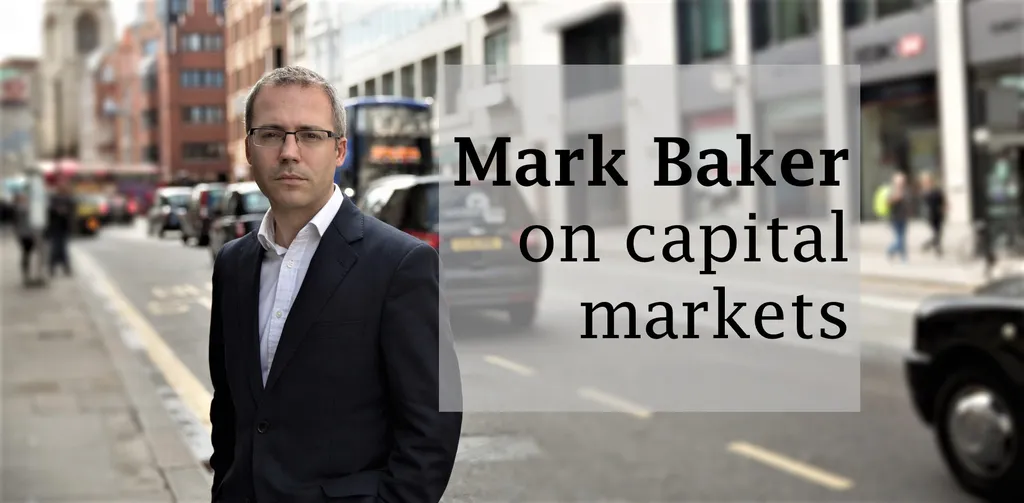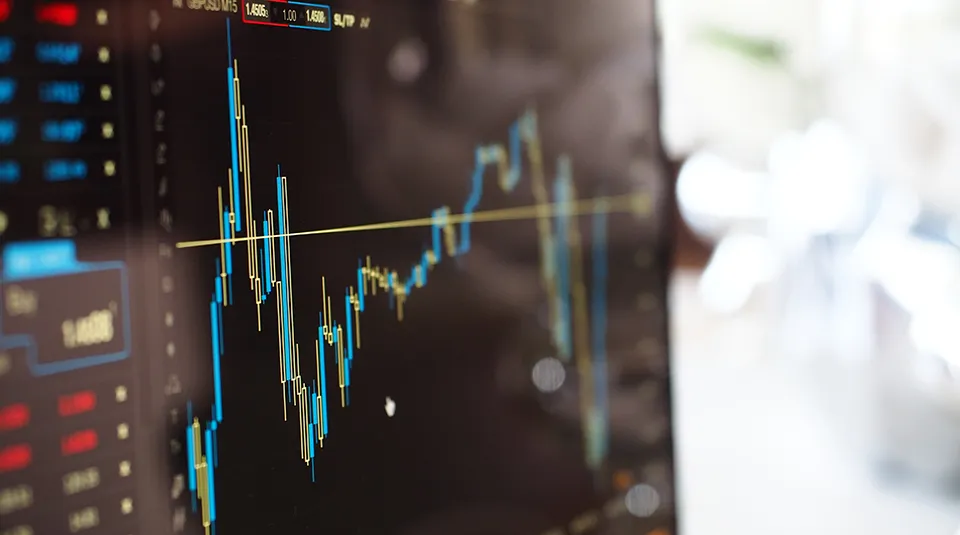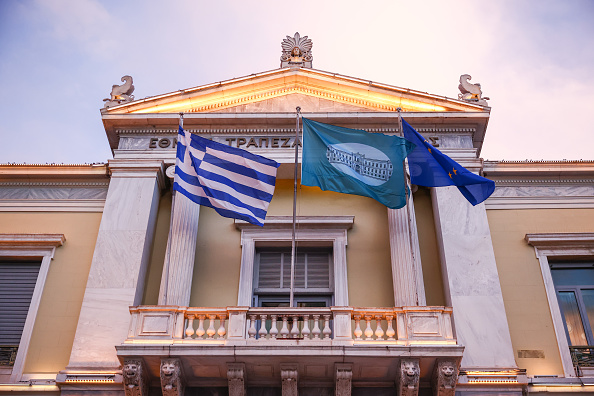Before SoftBank priced its $4.9 billion initial public offer (IPO) of Arm Holdings on September 13 – the biggest such deal for two years – it might have been tempting to see it as another of those landmark capital markets moments that is representative of precisely nothing other than itself.
Think back, for example, to the IPO of Porsche about a year ago. In the run-up to that deal, many in the market were keen to see its likely success as paving the way for a broader reopening of the new listings business, particularly in Europe.
Well, it didn’t turn out that way, and for good reason. Porsche was – for a vast array of reasons that I went into here – pretty much the perfect example of the deal that didn’t indicate anything beyond its own qualities.
Something similar seemed to be shaping up with Arm, with echoes of the over-excitement that preceded Porsche. Wiser heads in the market noted all the reasons that gave Arm some kind of special status that would make it a poor barometer of real appetite for equity capital markets transactions in general.
Spoiler alert! – SoftBank didn’t meet expectations in one critical way…
The company had been listed before, back in 1998, before SoftBank bought it for $32 billion in 2016. And so, while the deal was categorised as an IPO it was also different. And as with Porsche, Arm was seen as a world-class asset, bordering on must-own status.
Although it was a tech story, it was not your typical untested growth stock, even if it does need to find some of that in new areas now. It was always going to draw an immense crowd – the only debate would be on valuation, and even that would not stop it from being snapped up.
Yes, I know. Nothing is must-own at any price, but Arm – like Porsche before it – may have come as close as you get.
And so the rational view was: this will obviously get done, but please do not get your hopes up about it meaning anything for the prospects of the rest of the pipeline.
But – spoiler alert! – SoftBank didn’t meet expectations in one critical way. We’ll get to that, but first some background.

Beware: seller
Where Arm differed markedly from Porsche was in the apparent nature of its selling shareholder.
Volkswagen, it was always assumed, would be a highly responsible owner post-IPO. It would be managing the Porsche stock’s considerable overhang with care, and those buying into the deal could have some confidence that they were not about to get burned by a greedy majority holder.
When it came to pricing the deal itself, VW was hardly going to be squeezing the last cent from the carve-out.
In summary, Porsche was a high-quality asset being sold by a not-very-price-sensitive parent that was always going to be patient and cautious when it came to being the custodian of its remaining stake.
It is reasonable to assume that there may not have been quite the same confidence among everyone on the buy side heading into the IPO of Arm. The reason for that is straightforward: SoftBank has a well-known strategy of using its assets to raise money for other purposes. After all, that is exactly what it had already done with its Arm stake, most of which was securing an $8.5 billion loan.
The fact that the selling shareholder has held back from wringing the last drop out of the market is the most important point of all
Repayment of that loan – which would have ended up being guaranteed by Arm itself had the IPO not taken place by a certain date – was made a condition of the IPO closing, so at least that was one worry taken off the table.
But replacing it was another margin loan, agreed just a few weeks before the IPO and secured again by a lot of Arm stock, some 75% of the company. This margin loan – referred to in the IPO prospectus as the “New SoftBank Group Facility” – has provisions that could lead to sales of stock by the SoftBank subsidiaries that are parties to it.
We don’t know exactly what those provisions are.
We also don’t know what the loan-to-value condition is on the margin loan. But we do know that it matters. The prospectus tells us that a margin call could occur if the LTV of the loan “exceeds a certain threshold”.
And on top of everything else, remember that only a 10% stake was being sold in the flotation.
So… a few things to think about for anyone lining up to buy the IPO.
Perspective
Well, that is exactly what an awful lot of people did. Books closed one day early, were hugely covered, and the deal priced at the top of the price range for a valuation of more than $52 billion.
SoftBank founder Masayoshi Son could have priced it higher. Many people expected him to do just that – after all, one of the reasons why the US market is quite so attractive for IPO candidates (you may possibly have heard that there was once some debate about whether Arm might list in London) is that it doesn’t bat much of an eyelid if you decide to tweak the terms at the last minute, and price either above or below the range. And he had only just bought out the Vision Fund’s 25% stake at a valuation of $64 billion.
But Son didn’t take the extra $1, or whatever he could have got. Instead, he stuck with the advertised terms – and promptly got a first-day pop of 25%. I can almost see the ECM veterans wincing at that: TOO MUCH LEFT ON THE TABLE!
Well, maybe. It depends on your perspective. And when your perspective is holding 90% of the stock, the answer is maybe not.
Anyway, what of the deal’s meaning for the rest of the pipeline?
All the things that made Arm something of an unusual case and therefore unrepresentative of many other IPO candidates remain true. But the fact that the selling shareholder has held back from wringing the last drop out of the market is the most important point of all. And that is what transforms the deal from rarefied one-off to something more like a template.
Arm may end up being a leading indicator of the rest of the pipeline after all. Not because it was successful – it was always going to be successful – but because it didn’t squeeze investors, even when it could.




